Sunday, Jan. 9, 2011 | 2 a.m.
Beyond the Sun
One challenge of swimming the vast ocean of consumer electronics products on display at the Las Vegas Convention Center is to determine which are the trophy catches and what is just seaweed.
History has shown that the International Consumer Electronics Show is about killer apps and gotta-have-it gadgets as well as disappointments that missed the mark.
This year’s show is no different.
Will the 2011 show be the one remembered years from now as the one that tablet computers really took off after consumers camped out to buy the first available iPads? Or will the public say, “Why do I need a tablet computer? I already have a laptop, a netbook and a smart phone?”
Will it be remembered for the mystery surrounding Microsoft’s failure to debut Windows 8? For the millions who don’t even have Windows 7 yet, let’s hope not. Is this the year that 3-D television goes mainstream? Or will the public say, “I already have a 53-inch television in my house. Besides, I hate those stupid glasses.”
And what about those smart TVs? It’s hard enough to follow the plot line of “Lost” without having a barrage of Internet interaction at the same time.
With the 2011 show closing its doors today, here are some of the hits and misses, of CES past:
1970: The VCR
CES was only 3 years old and not even in Las Vegas yet when the videocassette recorder made its debut. Unlike many gadgets on the CES floor, the VCR was immediately recognized by the public as something it could use because users could “time-shift” their favorite TV shows or record something while watching another show. The introduction of the VCR also launched a critical debate in America: VHS or Betamax? VHS turned out to be the winner, until the laserdisc player in 1974.
1974: The Laserdisc player
And the public asked, “Why do I need a Laserdisc player?” And the answer was: “Because the quality of a Laserdisc recording is so much better than what you get with a VCR.” And thousands of people who saw the Laserdisc player at CES persuaded people to present movies on their television sets with them instead of VHS recordings. But what the public didn’t know at the time was that Laserdisc would be the predecessor of the CD and the DVD.
1975: ‘Pong’ by Atari
The public asked, “Why do I need an Atari game system and ‘Pong’? I have a pingpong table in the basement.” Well, because you can turn your television into a video game. Little did anyone know at the time that the home version of the “Pong” arcade game would become the forerunner to Xbox, PlayStation and Wii.
1981: The Camcorder
No, not those cool little cameras that fit in the palm of your hand. We’re talking about the big, clunky shoulder-mounted things, some of which recorded straight to a VHS tape. The 1981 debut of the video camera recorder was significant because it was the first major gadget to debut at a Consumer Electronics Show in Las Vegas.
1981: The CD Player
It almost looks like a 45 rpm record — but a little smaller and shinier. Once recognized as the new standard for providing music, CD players showed up in large console units, as individual players, in boom boxes, in cars and with multidisc changers. Little did anyone know at the time that MP3s and iPod were going to become the new standard — but not debuted at CES, because Apple introduces products at its own shows.
1982: The Commodore 64
For years, the experts at CES were telling us, “Someday, every home is going to have a home computer.” The 8-bit Commodore 64, developed by Commodore International, plugged directly into a television. An estimated 17 million Commodore 64s were sold before the company went bankrupt in 1994.
1985: The Nintendo Entertainment System
“Donkey Kong” and “Super Mario” became household names when Nintendo developed what many experts consider to be the best video-game console ever made. It was at CES where the North American version of Famicom, which was what Asian producers called the 8-bit video-game console, was introduced to the public.
1995: Microsoft Bob
Introduced as a nontechnical computer interface for the common man, Microsoft Bob turned out to be one of the biggest flops in CES history. Microsoft’s Bill Gates pitched the system in his keynote address and most attendees walked away scratching their heads. Under a logo of a smiley face with horn-rimmed glasses, the Bob system offered icons in a house to open programs — clicking on a clock in the house would open a calendar and clicking on a pen would start word processing.
1996: The DVD
It was easy to explain that a DVD is just like a CD, except it stores seven times more data, including video images. But when it was explained that DVDs could be played on computers, on portable players and in cars (read “you can keep children entertained on long car trips”), people understood.
1998: HDTV
When standard-definition television shifted to high-def, TV producers had the capability of producing big-screen, huge-screen and massively huge-screen TVs. With hundreds of thousands of pixels per frame per second, TV watchers could view programming with unprecedented clarity. Screens kept getting bigger over the years. In 2005, Samsung showed off a 102-incher, and in 2008, Panasonic brought in a 150-inch plasma TV.
1999: The DVR
The public saw its first digital video recorder in Las Vegas in 1998 when ReplayTV and TiVo showed their prototype DVRs. But the technology didn’t go mainstream until a year later when Dish Network tied a DVR product to satellite television programming with Microsoft technology.
2001: The Xbox
Microsoft’s initial entry into the video-game universe was a big hit at CES. A year later, the company would show Xbox Live, a system that enabled subscribers around the world to compete with each other over a network.
2003: Smart watches
Bill Gates demonstrated a number of “SPOT products” — Smart Personal Object Technology — that delivered streams of real-time information via FM radio waves to products such as watches and alarm clocks. But the buzz of the show was an appearance by basketball star Shaquille O’Neal, who played Gates in an Xbox Live game.
2004: The Blu-ray Disc
It looked like a DVD. And it did the same things DVDs do. And the public asked, “Why do I need a Blu-ray player?” And manufacturers explained that a Blu-ray Disc holds six times more data than a DVD, providing more content and better quality resolution than a DVD.
2005: Bill Gates crashes
CES attendees enjoy a good pratfall and few were more spectacular than Bill Gates’ demonstration of the Windows Media Center, which was delivered in a talk-show format with late-night TV host Conan O’Brien. When Gates’ system crashed and he got the dreaded blue screen of death, O’Brien turned to the audience and said, “And right now, nine people are being fired ... digitally fired.”
2008: Gates’ last stand
Gates took his last bow at CES in 2008 with a skit imagining his last day at Microsoft with cameo video appearances by Barack Obama, Hillary Clinton, Steven Spielberg and Jay-Z.
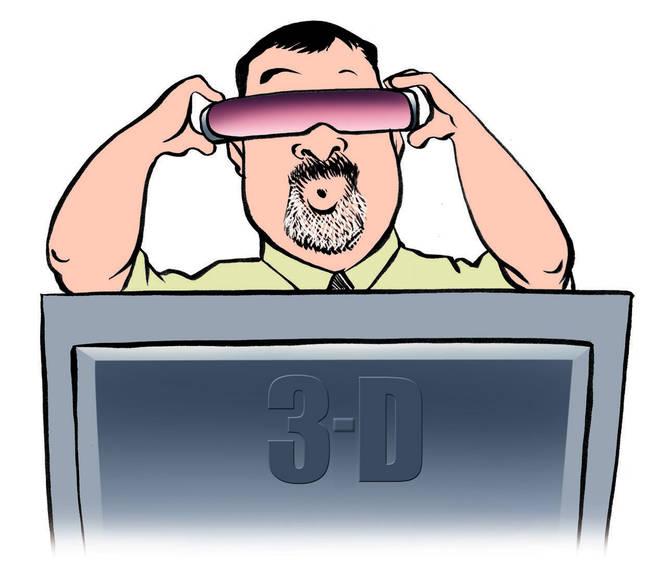
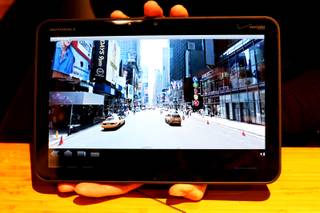
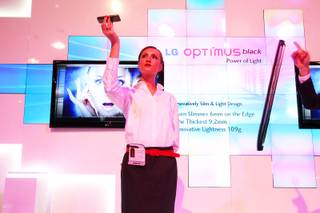
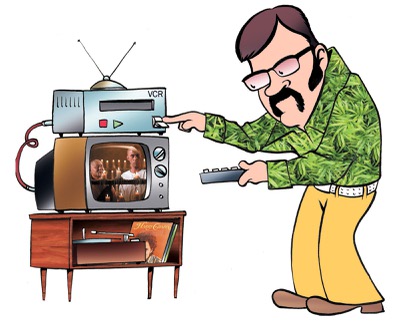
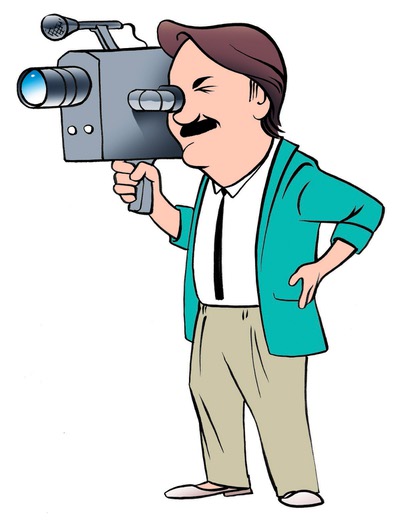
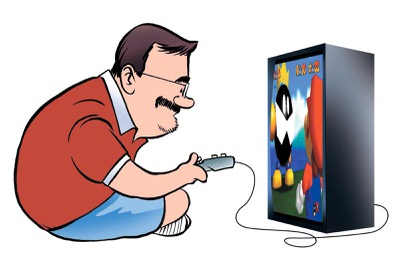

Join the Discussion:
Check this out for a full explanation of our conversion to the LiveFyre commenting system and instructions on how to sign up for an account.
Full comments policy